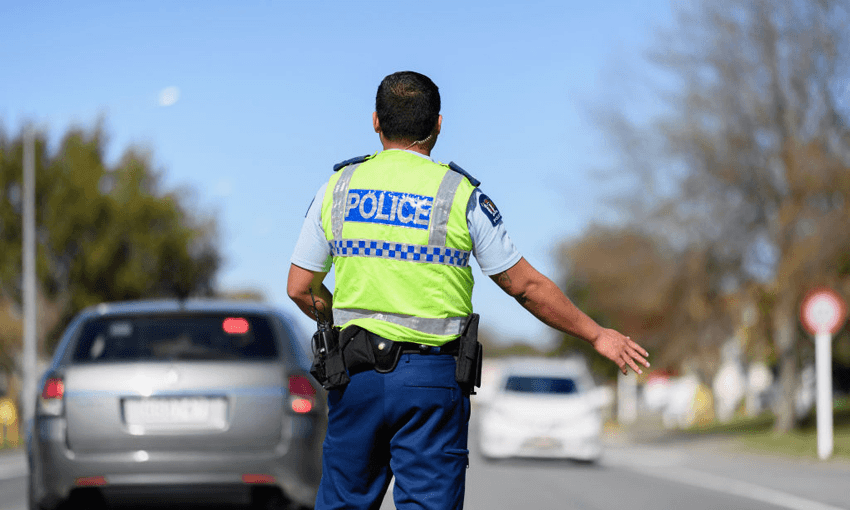With cases active in the community and essential workers testing positive for Covid-19, there are signs the virus is spreading in lockdown, Justin Giovannetti writes in The Bulletin.
We’re getting into the critical numbers of the delta outbreak. Each of the 511 cases detected in New Zealand so far has the potential to be a personal tragedy, however some infections are more threatening to the community than others. Of the 82 cases reported on Saturday, 25 had been active in the community during lockdown while infectious, according to director-general of health Ashley Bloomfield. That’s about 30% of cases.
“They are generating new exposure events and only some of those may become locations of interest in the community. They may be exposure events where they were dropping something to a friend and it was done contactlessly,” Bloomfield told me yesterday. It’s one of a number of warning signs over the weekend.
Infections are now spreading at work during lockdown. While half of all new cases are believed to be a result of transmission within a household, the government now has evidence that essential workers are catching the virus from each other at four work sites. As many as 87 essential workers have now become infected. It’s a finding that could extend how long lockdown lasts. As reported by TVNZ, the prime minister is now considering a level four-plus lockdown, with new restrictions around how essential workers can socialise on the job.
None of the new cases are believed to have broken level four rules.
Another important new number: 0.8. Level four lockdown has reduced the reproduction rate for Covid-19 from about six to 0.8, Bloomfield said yesterday. That means 10 people infected with the virus would now pass it on to eight. Before lockdown, they would have passed it on to 60 people. That R rate still needs to be brought down much lower, Bloomfield added. When the number falls below one, the virus will eventually be stamped out, But at 0.8 it could take some time. It’s a testament to how infectious the delta variant is that what’s been described as the world’s most stringent lockdown has moved us only a smidge below that important line.
Case numbers may finally have peaked. Maybe. They were initially expected to peak last Wednesday or Thursday, according to the government’s modelling but the weekend added over 160 new cases to the national tally. It’s possible the daily number has finally peaked, but it will remain “highish” for days to come, Bloomfield warned. As Stuff reports, the steadily increasing numbers have some uncomfortable parallels to the New South Wales outbreak. Cases spreading through essential workers is how NSW became home to Australia’s worst outbreak, along with some very questionable choices by the premier.
What this means for lockdown. The possibility that workers are unknowingly spreading the virus between themselves and infecting their families, creating new chains of transmission, is chilling. The Sydney outbreak didn’t just grow to over 1,000 daily cases in a straight line, it grew and stalled and grew again, as the virus found new fissures in an admittedly weaker lockdown to exploit. With New Zealand’s daily tally defying expectations that cases would now be falling, modellers warn that Auckland’s lockdown may need to last weeks longer than even last week’s predictions.
Cabinet will be looking at Auckland’s situation today with the prime minister updating the country at 4pm.
This is part of The Bulletin, The Spinoff’s must-read daily news wrap. To sign up for free, simply enter your email address below
